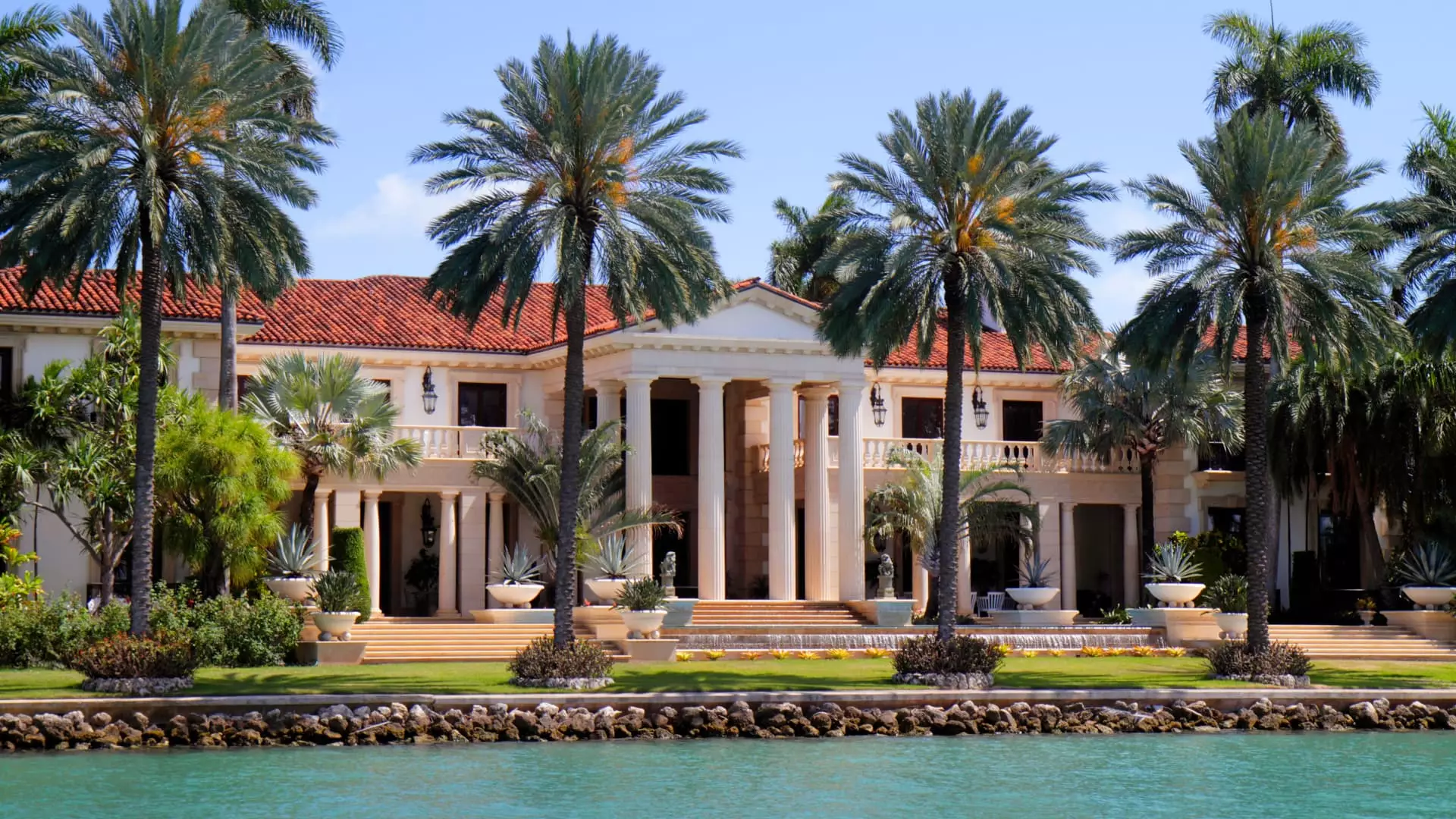The latest figures from a report by Knight Frank paint a startling picture of wealth concentration in the United States. An impressive 40% of the world’s multimillionaires now call the U.S. home, signifying a troubling trend that many in the center-left political spectrum regard with alarm. While the number of high-net-worth individuals (defined as those with assets exceeding $10 million) climbed a worldwide average of 4.4% in 2024, the North American rise was more pronounced at 5.2%. This disparity raises significant questions about the fairness of global and local economies and the implications for socio-economic mobility.
Financial Markets: A Breeding Ground for Wealth Disparity
Liam Bailey’s commentary highlights the peculiarities of the U.S. economy. Yes, the resilience of American markets has buoyed investor confidence, but at what cost? The S&P 500 surged by 23% in 2024, and tech-centric markets like the Nasdaq experienced a remarkable growth of 29%. While this might spark jubilation among investors and advocates of capitalism, it starkly contrasts the harsher realities facing the average American. While a select few bask under the warm glow of financial markets, the working class feels the chill of inflation and stagnant wages, a bitter reminder that this wealth is not trickling down.
The Ugliness of Rising Inequality
From a perspective that’s firmly rooted in center-left liberalism, the news about the staggering rise in billionaires—a 8% increase worldwide—is more than just an economic phenomenon. It’s an indicator of a system that facilitates the widening chasm between the wealthy elite and working-class citizens struggling to make ends meet. It’s particularly harrowing when reports reveal that more billionaires were created in a year than ever before, with 204 newly minted billionaires in just 12 months. This situation is disturbing; billionaires possessing increasingly outsized influence over politics and policy decisions, risking the health of democracy itself.
Tensions Beneath the Surface
As the global economy grows, so does geopolitical tension and a sense of discontent among the broader population. Issues like inflation, trade conflicts, and cost-of-living crises are not speculative; they’re lived realities for many Americans. Elected officials might celebrate the news of affluent individuals, but the discontent brewing in the middle class could easily boil over. The recent rhetoric around appointing an “affordability czar” reflects a nation grappling with the consequences of its economic priorities. While investors are reaping rewards, what about the countless workers left behind?
A Sense of Urgency for Change
The financial landscape painted by Knight Frank and echoed by Oxfam suggests that we are navigating through an era defined by wealth fever, where billionaires accumulate more wealth at a pace unfathomable to the average worker. If this trend continues unabated, we risk entrenching an economic structure that devastates social cohesion. It’s time for policymakers to address these glaring inequalities and initiate measures that promote a fairer wealth distribution rather than further celebrating the rising tide that only seems to lift some boats. Clearly, a new approach is critical: one that values not just economic growth but equitable growth as a hallmark of prosperity.

